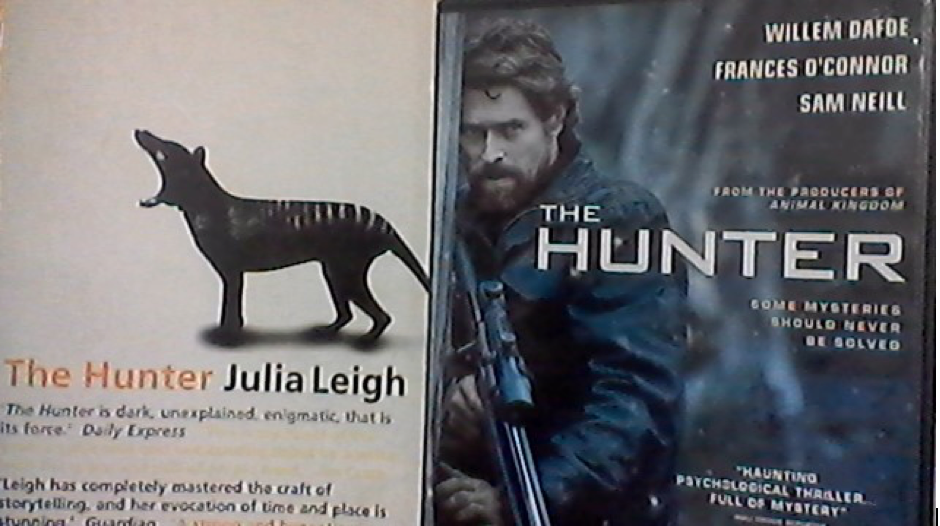How does the film stack up to the novel?

The film shows the potential for change that the book does not.
In the wilderness of Australia, the last animal of an extinct species, the Tasmanian Tiger, is hunted by a dogged professional hunter working for a mysterious company. What this man hunts is not only this elusive creature but also a greater threat deep within himself. Should he find and destroy this creature it will not only be the Tasmanian Tiger that goes extinct, but also the hunter’s humanity.
This story of man’s hunt is explored in Julia Leigh’s 1999 novel, ‘The Hunter,’ and the 2011 film adaptation directed by Daniel Nettheim.
The book
The novel is written in the present tense and may be hard for many readers to follow upon initially reading. Martin David, a strong and experienced mercenary hunts for the last living Thylacine (Tasmanian Tiger) in the Australian wilderness. Martin is working for a secret organization that wants him to kill the tiger so they can genetically preserve its DNA before other companies do.
While on his hunt, he stays with a woman and two children whose father has gone missing in the same wilderness. Despite becoming platonically close to this family, he insists on being a loner and remains walking to the beat of his own drum. In doing so, Martin continues to hunt the elusive creature through the wild and discovers an even greater threat– himself.
The entire book focuses mainly on Martin and there is not a single scene that does not feature him in some way. In so doing, the focus is constantly entering into his mind to examine his innermost thoughts on his next move.
However, this is not an exciting, adventurous read. There are no other likable characters and Martin does not develop much through the course of the story.
It is a story of a man being tested by himself and slowly but surely destroying everything around him, whether it be unintentional or on purpose. But in the end, all that matters to him is the hunt, the thrill of the chase and the trophy at the end.
Because of this, the story focuses on this lost soul who has no reason nor purpose in his existence except to destroy. This makes for a bitter and disgusting read.
The film
This independent film is a slow-burn and a strong character study. It is brimming with emotion in nearly every single scene. How emotionally heavy is this film you ask? Let’s just say that its opening titles play over real live footage of the real last surviving Thylacine, which died in captivity.
Yes, this film holds nothing back. However, while the book was sad and nihilistic, this film takes a different approach. It is sad but strangely beautiful in its study of a lost man slowly finding in himself what he did not think he had – love for a family that needs a father.
There is a scene in which Martin is carefully assembling his rifle in the wilderness, preparing for the hunt. A wombat sticks its curious head out from a bush and is promptly shot dead by Martin before he can realize what he has done.
Martin then gives a look of shock, horror, wonder and pity. (Did I mention Willem Dafoe’s acting is phenomenal in this picture?) This scene alone shows who this character is – a lost soul who is engrained with destruction but is willing to change. In the book, Martin would have just shrugged and forgotten about this.
The film also explores the idea of destroying something innocent in order to protect it. In doing so, this can be a more conflicting film for most audiences.
The film reverses Martin’s character from a soulless monster into a tragic hero who turns his back on what he is for the sake of a family he has grown to love. In doing so, the culmination is different from that of the book and instead ends on a bittersweet and redeeming note.
The victor
For me, the victor is the film adaption, which is a masterpiece of one man’s conversion. As for the book? Kill it with fire.
